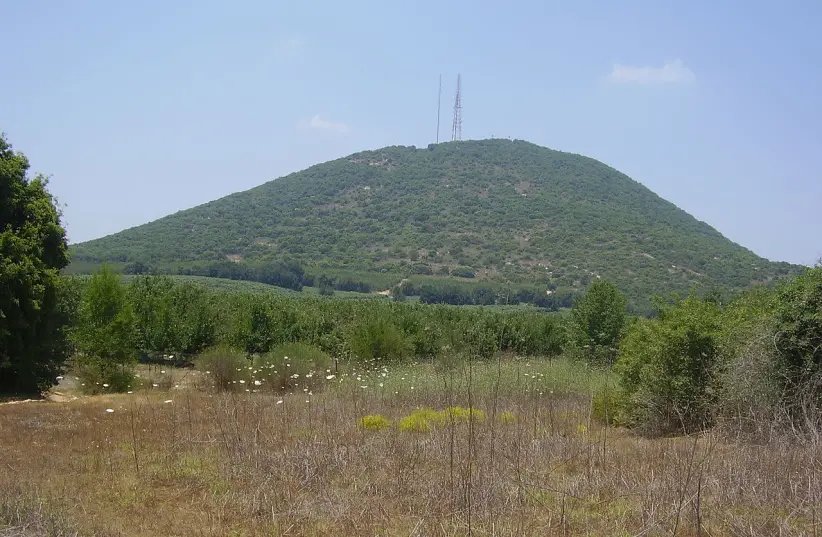Pottery unearthed in the area reveals a mixture of Canaanite, Phoenician and even Cypriot influences.
By ROSSELLA TERCATIN AUGUST 12, 2020 18:35
Pottery unearthed in the area reveals a mixture of Canaanite, Phoenician and even Cypriot influences.
By ROSSELLA TERCATIN AUGUST 12, 2020 18:35

Located just a few kilometers from the border with Lebanon, Mount Adir offers an incredible 360-degree view of its surroundings, as well as a very strategic location for military purposes, as proven by the IDF facility standing on its top.
Around 3,000 years ago, these very same characteristics probably prompted the erection of a fortress, which together with other ancient settlements in its surroundings might hold the key to solve the enigmas surrounding the situation of the mountainous Upper Galilee in biblical times, an Israeli archaeologist has suggested.
“The area of the mountainous Upper Galilee remains very much a mystery,” Dr. Hayah Katz, a senior lecturer at Kinneret Academic College’s Kinnere Department of Land of Israel Studies, told The Jerusalem Post. “With the one exception of Tel Rosh, no excavation has even been conducted in the region, but only
some archaeological surveys.”
In a paper recently published in the Bulletin of the American Schools of Oriental Research, she analyzed the results of these surveys, as well as of the salvage dig in the 1970s by the Israel Department of Antiquities. They exposed the remains of the fortress, which Katz had the opportunity to excavate last year. The project was supported by a grant from the Open University.
Based on the findings, she proposes a new way of looking at the issue: the existence of a previously unknown local power, whose population, or at least part of it, would later become part of the Kingdom of Israel.
“Many scholars have been asking themselves, How it is possible to explain this fortress in the Upper Galilee?” Katz said. “Some suggested it was Phoenician; others suggest it could be an Israelite. But after my research I came to a different conclusion.”
“First of all, I believe that the fortress has to be dated to a period between the 11th and the first half of the 10th century and not later, while previously it was believed to have been erected any time between the 11th and the ninth century [BCE],” she said. “Moreover, in my opinion, the fortress was part of a distinct local entity, even though we do not know its name. At the time, there were several political entities in the area of the land of Israel, including Saul’s Kingdom and Geshur around the Sea of Galilee.”
All the rural villages surrounding the Mount Adir fortress were part of this power, Katz said.
“I think that later the population of these villages, many of them refugees from the Canaanite city of Hazor, which had been destroyed, will become part of the Israelites, who, in my view, part of them were not a population coming from abroad, but rather a mixture of local groups” she said.
The pottery unearthed in the area also backs a mixture of Canaanite,
Phoenician and even Cypriot influences, Katz said.
The hope is that further research in the area will be able to shed more light on the mysterious kingdom and the questions surrounding the region.